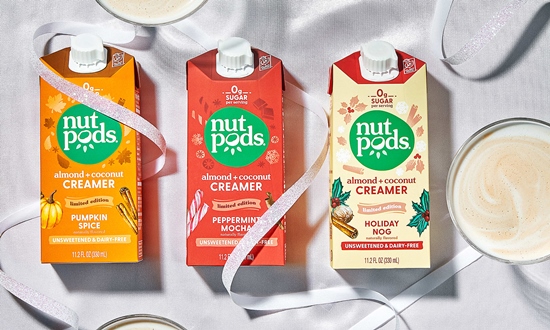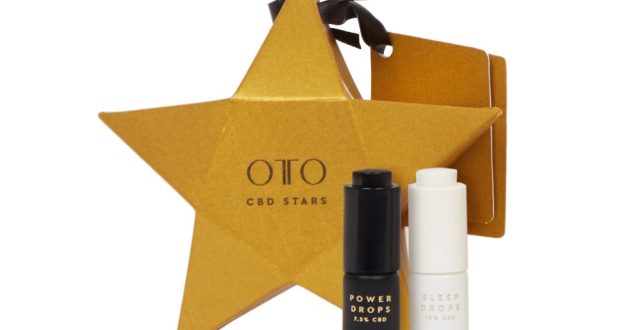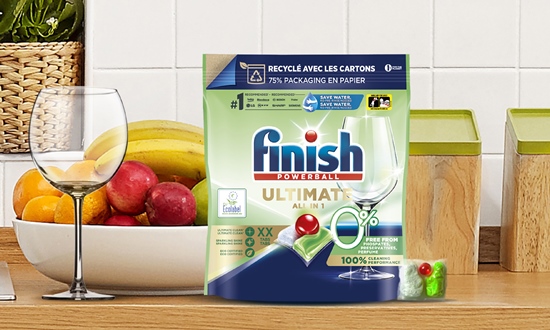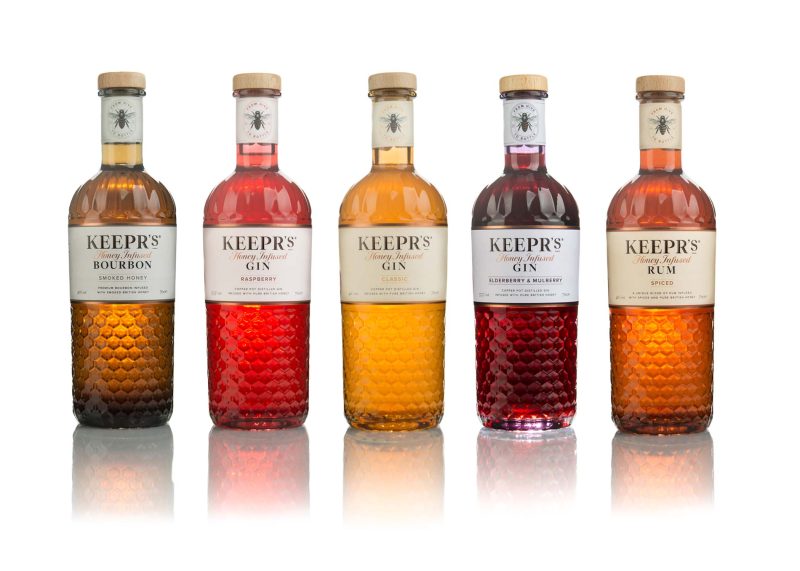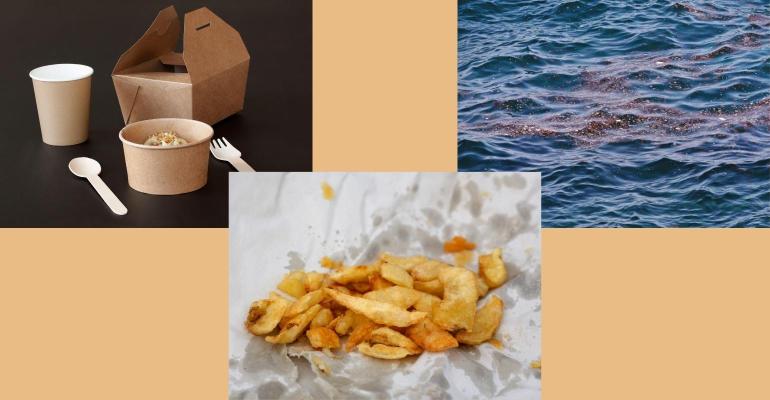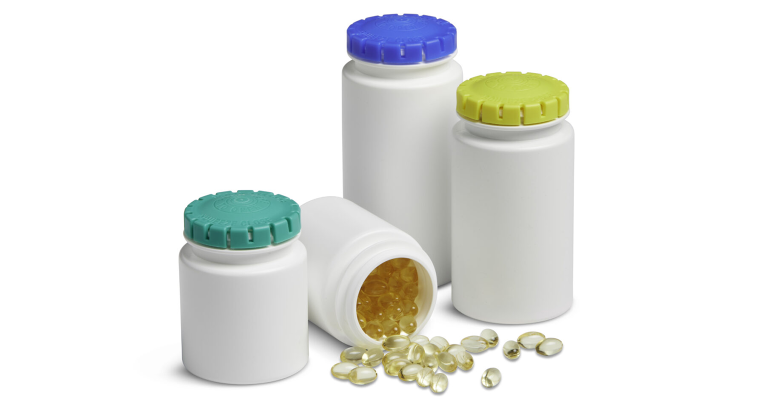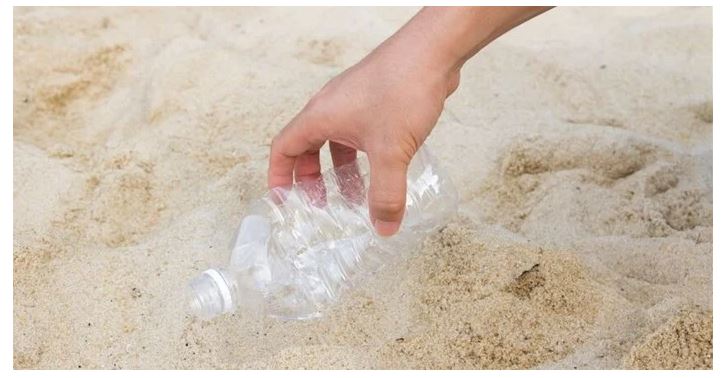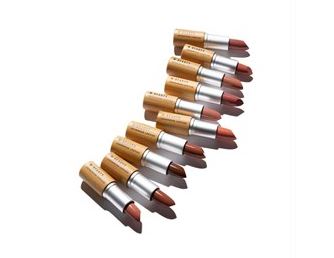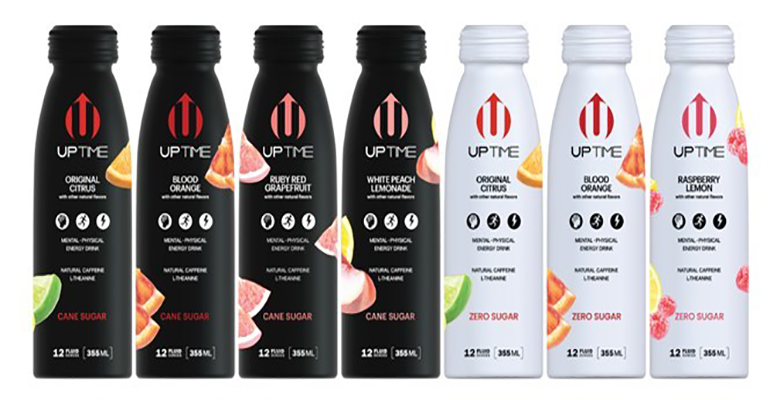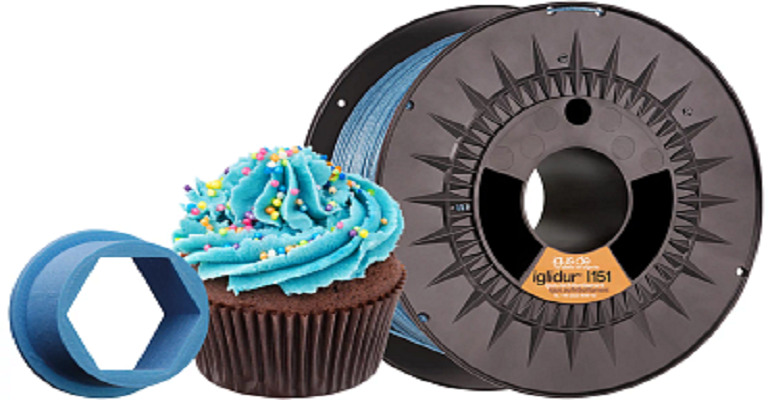Quick tips based on the FTC Green Guides explain allowable labeling claims for food packaging that is compostable, degradable, or free from dreaded “forever” chemicals.
Packaging claims. Marketers love them, legal challenges them, and consumers often buy because of them. In today’s green space, claims can become a little wishy-washy. And while product manufacturers may have good intentions, sometimes a good packaging story stretches the truth — and this can often lead to confusion.
Enter the Federal Trade Commission’s FTC Green Guides. First introduced in 1992 and revised three times in 1996, 1998, and last in 2012, the guide was designed to provide guidance for environmental marketing claims. More specifically, the guide is a general how-to handbook on “how consumers are likely to interpret particular claims, how marketers can substantiate these claims, and how marketers can qualify their claims to avoid deceiving consumers.”
Fast forward 10 years later, sustainability has earned a seat in the c-suite. Food packaging unknowingly auditioned for a seat on sustainability’s Most Wanted list. And, to help combat climate change, legislation put food packaging in the hot seat for issues ranging from single-use plastic waste to chemicals of concern.
In fact, the right food packaging claim can not only mitigate a business’s legal risk, it can help consumers make smarter disposal decisions and reduce the overall impact on the environment in the process. By providing unbiased scientific evidence for food packaging claims, consumers can feel better about the choices they make regarding their food purchases.
But selecting the right path to substantiate food packaging claims isn’t as simple as it sounds. It’s not a matter of “this is what consumers want to hear” or “this is what competitors are saying.” The decision is considerably more complex. Here are three considerations to help substantiate food packaging claims in accordance with the FTC Green Guides.Image courtesy of ole999 / Alamy Stock Photo
1. How to make compostable claims.
The FTC says this about Compostable Product Claims: “‘A marketer claiming that an item is compostable should have competent and reliable scientific evidence that all the materials in the item will break down into, or otherwise become part of, usable compost (e.g., soil-conditioning material, mulch) in a safe and timely manner (i.e., in approximately the same time as the materials with which it is composted) in an appropriate composting facility, or in a home compost pile or device.”
First, product marketeers can substantiate product claims by conducting third-party product testing to ASTM test standards D6400 or D6868 in North America, and EN 13432 standard in Europe. This is the prerequisite for many certification programs and proves that compostability is feasible based on lab simulated conditions.
Second, participate in third-party certification programs from organizations like Biodegradable Products Institute (BPI), Compost Manufacturing Alliance LLC, and TÜV AUSTRIA Group. This is your product’s ticket into the compost piles. A certification from one of these organizations communicates with confidence to composters your product will degrade as intended.
Third, quantify available access and educate the key stake holders — waste generators, consumers, haulers, and compost facilities — throughout the product lifecycle on disposal best practices. This is necessary to promote proper collection, eliminate contamination, and produce clean compost piles. A win for everyone.Image courtesy of Kira Yan / Alamy Stock Photo
2. How to make landfill and marine degradable product claims.
According to the FTC: “It is deceptive to misrepresent, directly or by implication, that a product or package is degradable, biodegradable, oxo-degradable, oxo-biodegradable, or photodegradable.”
First, product marketers can substantiate product claims by testing to standards — ASTM D551 for landfill degradation and ASTM D6691 for marine degradation. These standards represent the “competent and reliable scientific evidence that the entire item will completely break down and return to nature (i.e., decompose into elements found in nature) within a reasonably short period of time after customary disposal.” In most cases, this is one year or less.
Second, consider the value of third-party certifications and their limitations. Currently, I am unaware of any certification programs for landfill degradation, so this claim is best substantiated through third-party testing to the ASTM standard. Understanding your product’s impact in landfill scenarios is important and can support efforts in transparency when necessary. However, if your product does make it into the landfill, it defeats the intended purpose of recycling or composting. Therefore, this may be a claim left unclaimed.
For marine degradation, TÜV AUSTRIA Group offers a certification program. However, according to the Product Certification Team, food packaging is not eligible for OK biodegradable MARINE certification: “The eligibility of finished products for OK biodegradable is strictly limited to those that have a function in the chosen environment such as mulch films and twine for OK biodegradable SOIL and fishing line and cull panels for OK biodegradable MARINE. It is not the purpose of the OK biodegradable schemes to encourage the disposal of products in the environment where they do not belong. So food packaging is only eligible for OK biodegradable COMPOST under the scope of EN 13432.”
Third, clearly educate key stakeholders on exactly how the product will degrade including, “the product’s or package’s ability to degrade in the environment where it is customarily disposed; and the rate and extent of degradation.” This is important for proper disposal, will help set expectations with key stakeholders and ensure the right efforts to reduce the environmental impact are in place.Image courtesy of Radharc Images / Alamy Stock Photo
3. How to make Free-Of Intentionally Added PFAS product claims.
The FTC states, “It is deceptive to misrepresent, directly or by implication, that a product, package, or service is free of, or does not contain or use, a substance. Such claims should be clearly and prominently qualified to the extent necessary to avoid deception.”
Perfluoroalkyl and polyfluoroalkyl substances (PFAS) — also known as “forever chemicals” because they are persistent, lasting thousands of years in nature — have been under scrutiny for their toxicity. PFAS chemicals are used to treat foodservice packaging to provide a grease barrier, for example.
For product marketers considering the use of “PFAS-free” claims, first, it is important to understand how to substantiate your claim and to the “extent necessary to avoid deception.” Understand that potentially harmful substitute ingredients will disqualify any Free-Of claims, or if PFAS-use was never intended for the product category. For instance, PFAS use is generally not associated with plastic packaging, and this can disqualify a Free-Of claim.
For ultimate clarity, using a Free-OF claim is most appropriate when “the substance has not been added intentionally to the product.” For instances where intentionally added trace amounts may be present in use, that’s where clarity tends to get a foggy. Today’s PFAS debate in North America calls suspect even trace amounts of intentionally added PFAS. Therefore, if this is the case, as a product claim, this may best unclaimed.
Second, product marketers can substantiate Free-Of intentionally added PFAS claims with third-party certifications, such as Biodegradable Products Institute (BPI). The BPI certification programs has three requirements for eligibility, “The product formula must not contain fluorinated chemicals — as evidenced by safety data sheets for all ingredients, test results from a BPI-Approved lab showing a maximum of 100ppm total organic fluorine, and a statement of no intentionally added fluorinated chemicals, signed by the manufacturer.” Therefore, carrying this mark communicates with certainty to brand owners and consumers the product is Free-Of intentionally added PFAS.
Third, and equally important, offer transparency. Educate brand owners and consumers on ingredient research, product safety, and safe use. Share ingredient data sheets where possible or register with third-party certifications like GreenScreen Certified to communicate ingredient safety, “The GreenScreen Certified Standard for Food Service Ware — Single Use provides the means for manufacturers to communicate their use of safer chemicals per the GreenScreen hazard assessment tools.” Bring awareness to the steps your product takes to offer the safest experience for brand owners and consumers alike.
Making the right food packaging claim isn’t as easy as it once was. Today is not only the era of the environmentally conscious consumers, it is also the era of sustainable packaging legislation and it requires proper planning to meet legal compliance and certification eligibility — and still connect with the consumer’s conscious.
As you begin to consider your options of environmental claims for food packaging, keep your eye on legislation and understand what works for your business and sustainability goals. Educate consumers on your efforts and offer as much transparency into your process as you can. Let’s face it, there isn’t a perfect product package, and this is a truth consumer can handle.
Disclaimer: Opinion piece — this is not intended for legal advice.
Source:
https://www.packagingdigest.com/food-packaging/how-substantiate-environmental-food-packaging-claims
